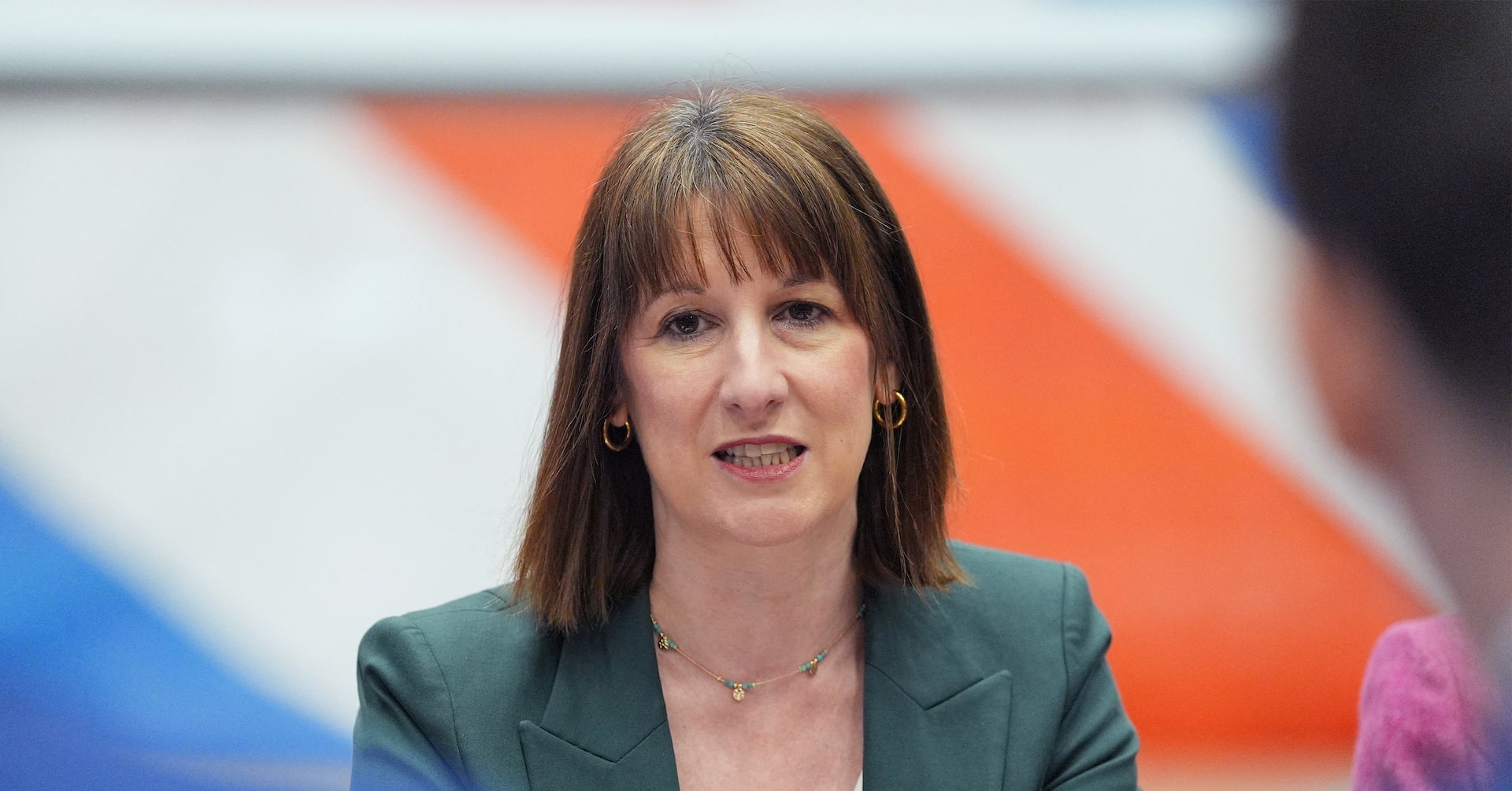Green Money Moves: Transforming Finance to Fight Climate Change
Finance
2025-04-10 04:00:13Content

In a stark revelation of global financial tensions, Avinash Persaud from the Inter-American Development Bank highlighted the massive funding gap between developing and developed nations. During this week's Zero episode, Persaud underscored the critical disconnect: developing countries are urgently calling for $1 trillion in financial support, while wealthy nations remain reluctant to allocate funds from their national budgets.
The statement exposes the deep-rooted economic disparities and challenges in addressing global financial inequities. As developing countries struggle with economic recovery, climate adaptation, and sustainable development, the resistance from developed nations threatens to widen the global economic divide.
Persaud's candid remarks shed light on the complex negotiations and power dynamics that shape international financial assistance, revealing the ongoing challenges in achieving meaningful global economic cooperation.
Global Financial Tensions: The Trillion-Dollar Climate Adaptation Dilemma
In the complex landscape of international climate finance, a critical battle is unfolding between developing and developed nations, revealing deep-seated economic disparities and competing priorities in addressing global environmental challenges.Bridging the Financial Divide in Climate Resilience
The Funding Impasse: A Global Economic Standoff
The international climate adaptation landscape is characterized by a profound financial tension that threatens global environmental sustainability. Developing countries, predominantly located in regions most vulnerable to climate change impacts, are urgently demanding substantial financial support to build resilience and mitigate environmental risks. These nations argue that their economic fragility and geographical exposure necessitate significant external funding, estimated at a staggering $1 trillion. Paradoxically, developed countries remain hesitant to allocate such extensive budgetary resources, creating a diplomatic and economic gridlock that undermines collective global climate adaptation strategies. This standoff reflects deeper systemic inequalities in global economic structures, where historical carbon emitters are reluctant to fully compensate nations most impacted by climate change.Economic Perspectives and Geopolitical Dynamics
The funding debate transcends mere financial negotiations, representing a complex interplay of geopolitical interests, historical responsibilities, and future environmental sustainability. Developed nations, while acknowledging climate change's severity, are constrained by domestic economic pressures and competing national priorities. Financial experts like Avinash Persaud from the Inter-American Development Bank have been vocal in highlighting this critical impasse. Their analysis suggests that without substantial, coordinated financial interventions, vulnerable regions will continue to bear disproportionate environmental and economic risks.Technological Innovation and Adaptive Strategies
Beyond traditional funding models, emerging technological solutions and innovative financial mechanisms are being explored to bridge the adaptation funding gap. Climate-resilient infrastructure, sustainable agricultural technologies, and advanced early warning systems represent potential pathways for more efficient resource allocation. International financial institutions are increasingly developing hybrid funding models that combine public and private investments, creating more flexible and responsive climate adaptation frameworks. These approaches aim to transform the current zero-sum financial negotiation into a collaborative, mutually beneficial strategy.Socioeconomic Implications of Climate Adaptation
The trillion-dollar funding debate extends far beyond monetary considerations, directly impacting millions of lives in vulnerable communities. Effective climate adaptation funding can determine food security, economic stability, and human migration patterns in regions most susceptible to environmental transformations. Comprehensive adaptation strategies require holistic approaches that integrate technological innovation, community empowerment, and sustainable development principles. This necessitates moving beyond traditional aid models towards more equitable, collaborative global partnerships.Future Outlook and Collaborative Potential
While current negotiations remain challenging, there are emerging signs of potential breakthrough. Multilateral platforms, international conferences, and increasing public awareness are gradually creating pressure for more meaningful financial commitments. The global community stands at a critical juncture where collaborative action can potentially redefine international economic cooperation and environmental resilience. The resolution of this funding impasse will likely determine the effectiveness of global climate adaptation efforts in the coming decades.RELATED NEWS
Finance

From Campus to Community: How a Chillicothe Grad is Transforming Local Finance
2025-03-07 19:56:09







